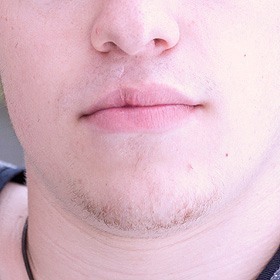Cleft Lip and Palate is the most common facial deformity with 1 in 700 births. The CDC reports that more than 7,000 babies are born in the U.S. each year with a cleft lip or cleft palate deformity. In the presence of this condition a discontinuity occurs in either the lip or the palate, or both.
Children with cleft lip and palate can suffer from other serious consequences, as well as affect the child’s appearance. The ability to suckle and swallow is a major concern for the baby’s nutrition. As the child starts developing the ability to speak, difficulties are noted and the ability to vocalize is altered. Due to the deformity and the many surgeries that these children undergo, their facial growth and development is restricted. Due to the change in the anatomy of the palate there is an increased risk of developing ear infections.

Treatment and Procedures
The initial procedures for the cleft lip involve the closure of the lip and obtaining continuity of the lip. This procedure typically takes place before a child’s first birthday and often within the first few months of a baby’s life. Repairing the cleft palate is often sequential depending on the baby’s stage of development.
A genetic component of cleft lip and palate is apparent, as there is an increased risk if the baby’s parents had the condition at birth. Smoking during pregnancy increases the risk of birth defects in general. Cleft lip and palate is also sometimes linked with other deformities that can affect other areas of the face, body or organs.
An Oral and Maxillofacial Surgeon can be involved in all aspects of treatment. The sequences of surgeries are typically coordinated in a multi-disciplinary fashion between different health care providers.



